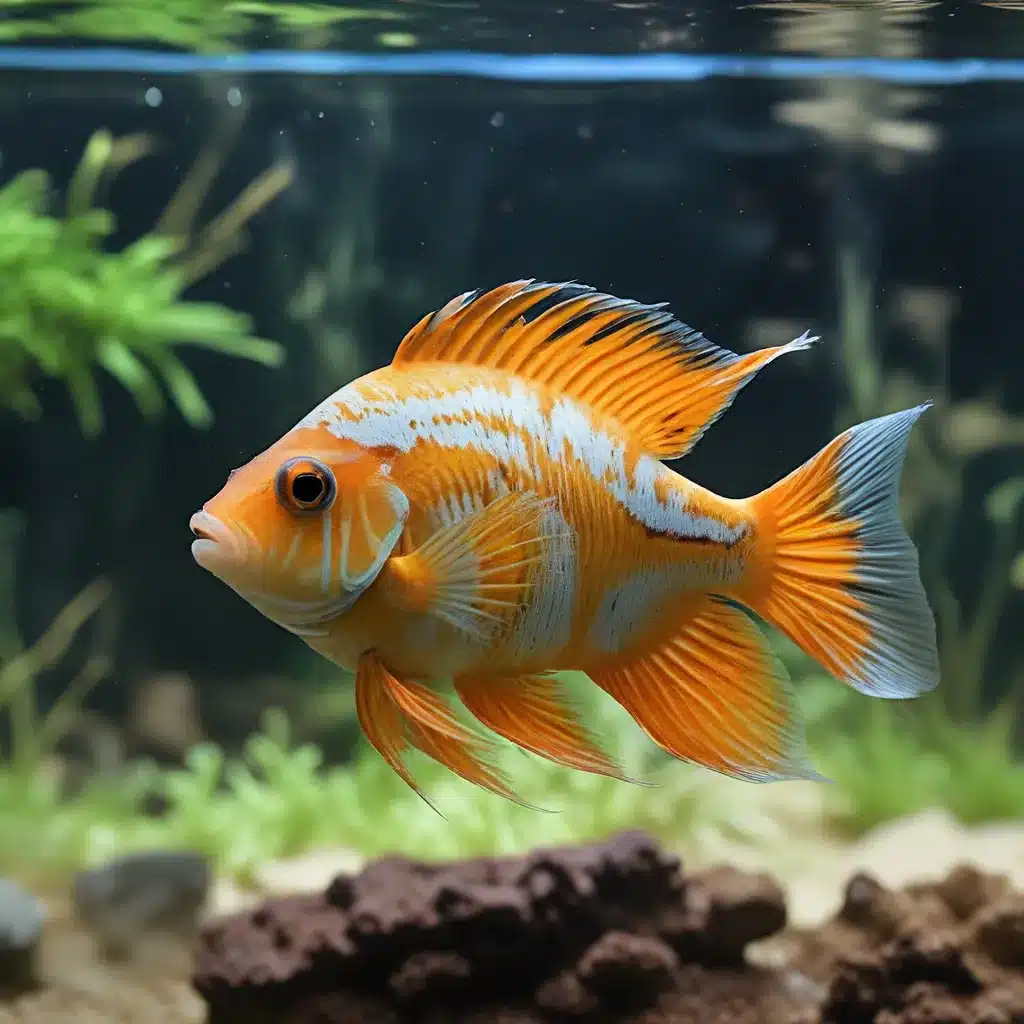
Maintaining a healthy and thriving aquarium ecosystem is a delicate balance, and the successful acclimation of new fish is a critical component of this process. Aquarium fish acclimation is a crucial step in ensuring the long-term well-being of your aquatic inhabitants, as it helps minimize the stress and potential mortality associated with introducing new fish into an established tank environment.
Understanding the Importance of Acclimation
Proper acclimation is essential for the health and survival of your aquarium fish. When fish are introduced to a new environment, they experience significant physiological and behavioral changes that can be highly stressful. Factors such as temperature, pH, and water chemistry can vary greatly between the source (e.g., pet store, breeder) and your home aquarium, and sudden changes in these parameters can be detrimental to the fish’s well-being.
Research has shown that the acclimation process allows fish to gradually adapt to the new conditions, reducing the risk of shock, disease, and untimely deaths. By taking the time to properly acclimate new fish, you can help ensure a smooth transition and increase the chances of a successful long-term integration into your aquarium ecosystem.
Establishing a Successful Acclimation Routine
Effective acclimation involves a methodical and step-by-step approach to slowly introduce new fish to the existing water conditions in your aquarium. Here are the key steps to follow:
Floating the Bag
When you first bring home new fish, the initial step is to float the sealed bag containing the fish in your aquarium for 15-30 minutes. This allows the water temperature inside the bag to gradually equalize with the temperature of the aquarium water, preventing a sudden temperature shock.
Drip Acclimation
After the initial floating period, it’s time to start the drip acclimation process. Carefully open the bag and use a clean airline tubing or airline siphon to create a slow, steady drip of aquarium water into the bag. This gradual introduction of the new water conditions allows the fish to adapt to changes in pH, hardness, and other important parameters over the course of an hour or more.
Studies have shown that this methodical approach can significantly reduce stress and mortality in newly introduced fish, as it gives their bodies time to adjust to the new environment.
Water Exchanges
Once the drip acclimation is complete, it’s time to carefully net the fish and transfer them to your aquarium. To further minimize stress, it’s recommended to perform a 25-50% water change in the aquarium before adding the new fish. This helps ensure that the water conditions in the tank are as close as possible to the water the fish have been acclimated to.
Factors to Consider During Acclimation
While the general acclimation process is relatively straightforward, there are several important factors to consider to ensure the best possible outcomes for your new fish:
Water Chemistry
Closely monitoring and matching the water parameters, such as pH, temperature, and dissolved oxygen, between the source and your aquarium is crucial. Significant differences in these parameters can be extremely stressful for fish and lead to health issues or even mortality.
Sensitivity of Fish Species
Some fish species are more sensitive to changes in water conditions than others. For example, delicate fish like discus, bettas, and certain tetras may require a more gradual acclimation process compared to hardier species like guppies or swordtails. Research the specific needs of the fish you are introducing to your aquarium.
Acclimatizing Live Plants
If you are also introducing new live plants to your aquarium, they should be acclimated alongside the fish. Plants can also be sensitive to sudden changes in water parameters and may experience shock or even die-off if not properly introduced.
The scientific literature suggests that a comprehensive acclimation process, considering both fish and plants, is essential for maintaining the overall health and balance of your aquarium ecosystem.
Troubleshooting Common Acclimation Issues
While a well-executed acclimation process can greatly improve the chances of success, there may be instances where challenges arise. Here are some common issues and how to address them:
Aggressive Behavior
Sometimes, newly introduced fish may exhibit aggressive behaviors towards the existing inhabitants of your aquarium. This can be mitigated by providing ample hiding spots, visual barriers, and ensuring that the tank is not overcrowded.
Disease Transmission
New fish can potentially introduce diseases or parasites to your established aquarium. Carefully inspect the fish for any signs of illness prior to acclimation and consider treating them with a preventative medication if necessary.
Shock and Stress
Despite your best efforts, some fish may still experience shock or high levels of stress during the acclimation process. In such cases, closely monitor the fish’s behavior and consider using stress-reducing supplements or moving the fish to a dedicated quarantine tank if necessary.
By understanding and addressing these potential challenges, you can enhance the success of your aquarium fish acclimation and create a thriving, harmonious ecosystem.
Conclusion
Properly acclimating new fish to your aquarium is a crucial step in maintaining the overall health and well-being of your aquatic community. By following a structured acclimation routine, closely monitoring water parameters, and addressing any issues that may arise, you can significantly improve the chances of a successful and stress-free introduction of new fish.
Remember, successful aquarium keeping is a continuous learning process, and staying informed on the latest aquarium care techniques, such as sustainable aquascaping and advanced filtration methods, can help you create a vibrant and long-lasting aquatic environment for your fish and plants to thrive.

